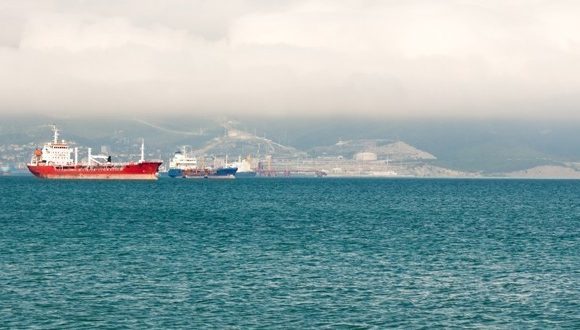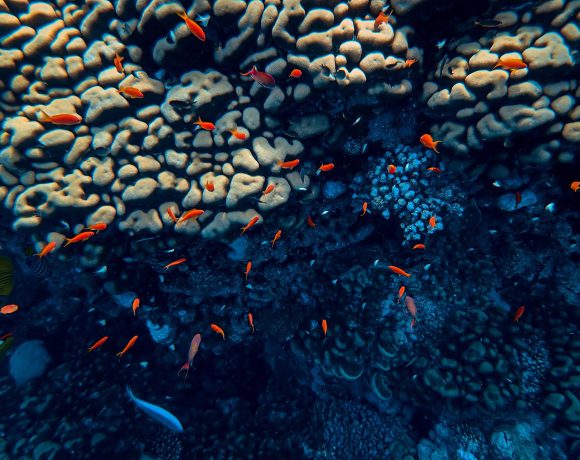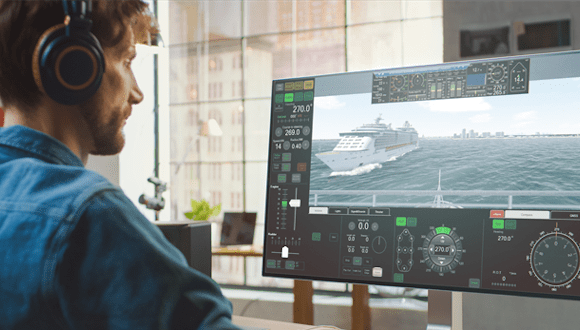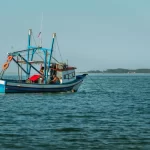Overfishing and Sustainable Fishing Practices: Finding a Balance to Protect Our Oceans and Future Generations
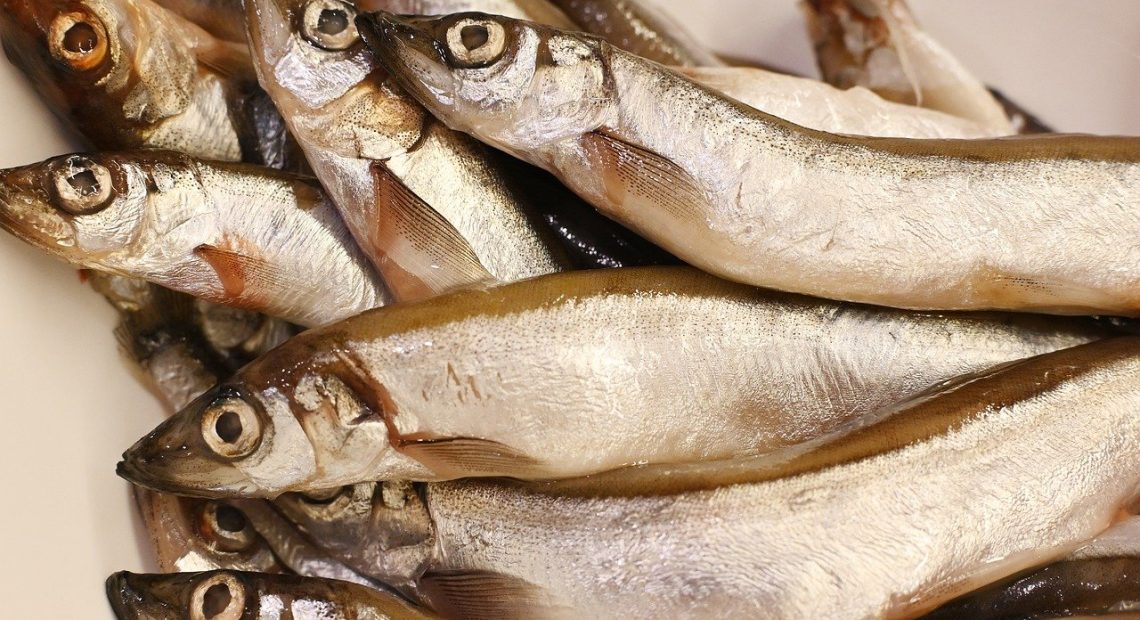
“Fish stocks are declining at an alarming rate, and if we don’t act now, we risk depleting our oceans of their most valuable resource,” warns marine biologist Dr. Sophia Green. “But there are sustainable fishing practices that can help us find a balance between meeting our need for seafood and protecting our oceans for future generations.”
The growing issue of overfishing poses a significant threat to our oceans, putting the survival of several fish species at risk due to unsustainable fishing practices. However, we can take concrete steps towards ensuring healthy fish populations and supporting the fishing industry by implementing effective management and conservation measures. By doing so, we can strike a balance between preserving our oceans’ ecosystems and the livelihoods of those who depend on fishing.
Here are some of the key subtopics related to overfishing and sustainable fishing practices:
The Problem of Overfishing
The issue of overfishing has reached alarming proportions worldwide, with countless fish species now facing the possibility of extinction due to the unsustainable methods of fishing being employed.
“We are fishing too much and too fast, and this is leading to declines in fish populations around the world,” says Green. “The consequences of overfishing are far-reaching and include ecological, economic, and social impacts.”
The decline in fish populations due to overfishing can wreak havoc on the ecosystem, causing a chain reaction of harmful consequences that can affect every living organism in the vicinity.
“When one species is overfished, it can affect the entire food web, leading to a loss of biodiversity and potential ecosystem collapse,” explains Green.
Overfishing can affect more than just the environment. It can also impact coastal communities that depend on fishing for their income which in turn can lead to serious financial and social problems for these communities.
Sustainable Fishing Practices
Sustainable fishing practices aim to maintain healthy fish populations while minimizing the impact on the environment. There are several key sustainable fishing practices that can help achieve this goal, including:
Setting catch limits: Catch limits help to ensure that fish populations are not overfished. By setting catch limits, we can ensure that fish populations have a chance to recover and replenish themselves.
Fishing gear modification: Fishing gear modification can help to reduce bycatch and minimize the impact on the environment. By using more selective fishing gear, we can target specific species while minimizing the catch of non-target species.
Marine protected areas: Marine protected areas (MPAs) are areas of the ocean that are set aside for conservation purposes. MPAs can help to protect fish populations and their habitats, giving them a chance to recover and thrive
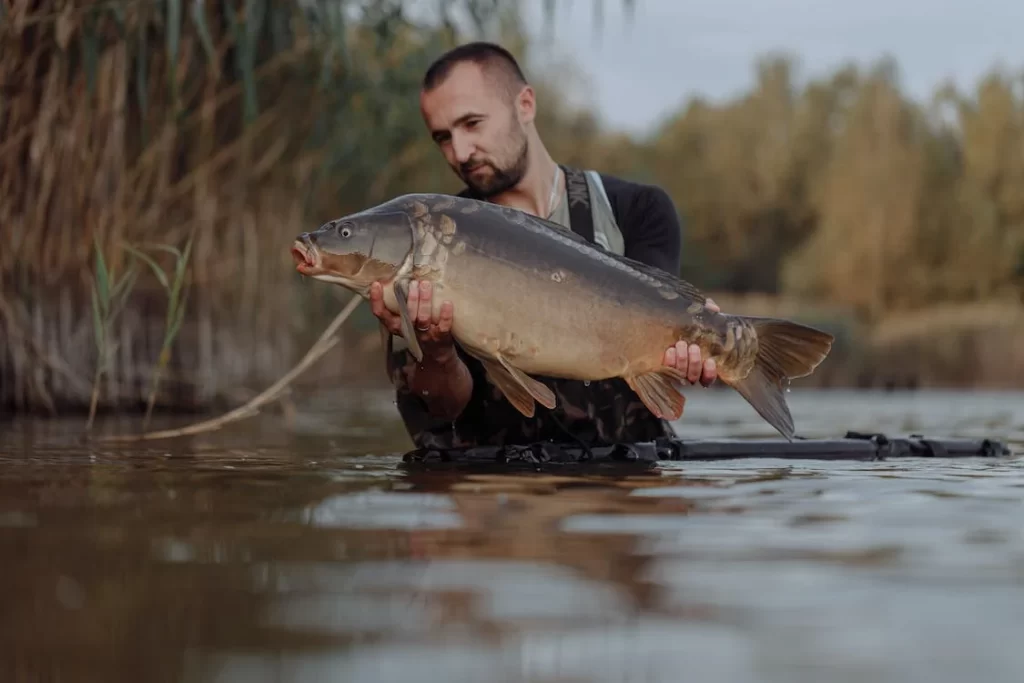
The Role of Aquaculture
Aquaculture (fish farming) has become an increasingly important source of seafood in recent years.
Responsible and sustainable Aquaculture has the potential to provide a stable source of seafood.
There are several key considerations when it comes to sustainable aquaculture, including:
Feed sourcing: The feed used in aquaculture can have a significant impact on the environment. Sustainable aquaculture requires the use of responsibly sourced feed, such as plant-based feeds, explains Green.
Disease management: Disease can be a significant issue in aquaculture, and effective disease management is crucial to ensure the health of farmed fish. Sustainable aquaculture requires the use of responsible disease management practices, such as vaccination and biosecurity measures.
Water quality: The quality of the water in which fish are farmed can have a significant impact on their health and wellbeing. “Sustainable aquaculture requires the use of responsible water management practices, such as regular water testing and monitoring of water quality.
Consumer Choices
Consumer choices can also play a significant role in promoting sustainable fishing practices. Consumers can make a difference by choosing seafood that is sustainably sourced and avoiding seafood that is overfished or caught using unsustainable methods.
There are several resources available to help consumers make informed choices, including seafood guides and eco-labels. Seafood guides provide information on which species are sustainable to eat, while eco-labels indicate that the seafood has been responsibly sourced.
Conclusion
Overfishing is a significant issue that requires urgent action. However, by adopting sustainable fishing practices, we can maintain healthy fish populations and protect the health of our oceans. Sustainable fishing practices are essential for the long-term health of our oceans and the communities that depend on them.
As consumers, we can also play a role in promoting sustainable fishing practices by making informed choices about the seafood we eat. By choosing sustainably sourced seafood, we can help to protect our oceans and support the livelihoods of those who depend on the fishing industry.
In conclusion, finding a balance between meeting our need for seafood and protecting our oceans is essential for the long-term health of our planet. By adopting sustainable fishing practices and making informed choices as consumers, we can work towards a more sustainable and responsible future for our oceans and future generations.
Resources
Overfishing: The most serious threat to our oceans
Sustainable Fishing
Human Impact On Marine Ecosystems: The Tragic Symphony Of Life And Death

